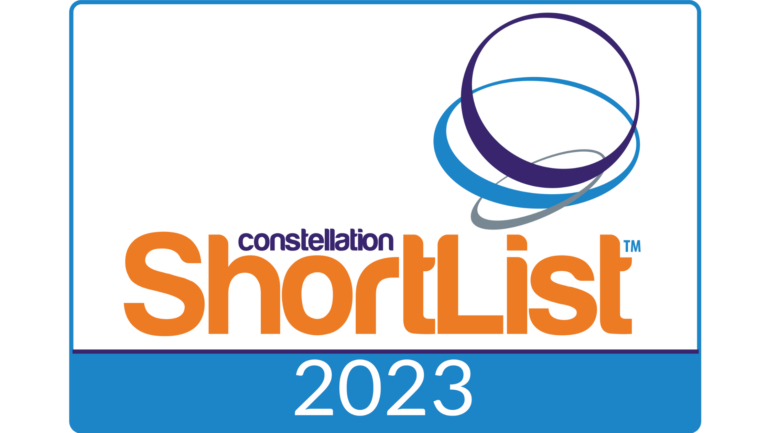by Joy Avery, MSN, RN
The past two-plus years have been the most difficult in memory for nearly everyone in the healthcare profession. The pandemic has pushed care providers to—and beyond— their limits, as they’ve been forced to work under ever-changing conditions with fewer resources and facing greater demands.
Even as the pandemic recedes, its residual effects are still being felt acutely across every corner of the healthcare system.
It’s no surprise, then, that healthcare workers are reporting lower levels of satisfaction with their work. According to one survey last year, nearly half of all healthcare workers said the pandemic made them less satisfied with their careers and increased burnout. Meanwhile, a recent study from the Mayo Clinic found that 62.8% of physicians reported at least one instance of burnout in 2021, a dramatic increase from the 38.2% reported rate in 2020. The rate of reported emotional exhaustion among physicians jumped 38.6% year over year, while reported rates of depersonalization jumped 60.7%.
Some of the downstream impacts of decreased staff satisfaction and increased burnout are immediately apparent: poor retention, increased turnover, and difficulty in hiring. Others take a less direct path. In fact, staff satisfaction has direct links to patient health, safety, and experience.
Research has shown that nurse satisfaction has direct impact on patient care, safety, and satisfaction. Studies have found that for every single percentage point increase in employee engagement, a hospital can expect to notch up a half point in patient satisfaction scores. Meanwhile, incidents of physician burnout have been associated with a two-fold increase in safety incidents.
With staff satisfaction scores continuing to dwindle and patient populations that are faced with an ever-widening array of traditional and digital choices for selecting care, it’s incumbent on hospital leaders to turn the tide.
And that pivot? It starts with staff wellness and satisfaction.
Building a Culture of Trust and Transparency
Mutual trust is a key ingredient in developing a workplace culture that retains the best employees and attracts new ones. That trust is built over time through open dialogue and receptive leadership. Creating a culture of trust—where a staff member’s voice can be truly heard—is one of the most powerful tools a hospital or health system can use to boost staff satisfaction and better equip caregivers to deliver compassionate care.
Critically, most hospitals already have systems in place to foster open and honest routes of communication that build trust. The rounding processes nurses and caregivers already use to improve patient experience can be easily tailored to round on staff members, allowing hospital leaders to uncover problems and respond in real time. Most importantly, proactive staff outreach—and timely responses to issues—shows care teams that hospital leaders truly hear them.
Let’s unpack the elements of an effective and purposeful staff rounding program:
Get leaders involved
Staff rounding can’t just be undertaken by direct supervisors—although it’s imperative that they are the “tip of the spear” when it comes to uncovering and addressing issues around staff satisfaction. At regular intervals, hospital leaders like administrators and department heads should also be making the rounds, speaking one-on-one with staff members during staff rounds.
This serves a dual purpose: it not only gives leaders an on-the-ground understanding of what is and isn’t working well in the halls of their facility, but it also signals to staff that hospital leaders are dedicated and will take time out of their day to listen to concerns.
The end result? Leadership teams are more informed and connected with the front lines of care, and are widely viewed as approachable and supportive.
Build a comprehensive script
The insights and actions you can pull out from a staff rounding program are only as good as the questions you build it on. Having a uniform, comprehensive rounding script allows you to not only take action in the moment as issues are uncovered but look at trends and statistics over time. Some standard questions include:
- What can I do as a nurse leader to give you a break or ensure you have everything you need to get through the day?
- Have you been assigned to a new unit/specialty? Do you have what you need to manage your patient load?
- Have you been getting enough rest? Have you been able to care for your family?
- What’s working well? What isn’t?
- Are there systems or processes you’d like to see improved?
You can also include supplementary, special-purpose scripts, like PTSD screening questions.
Share success stories proactively
Staff rounding should go beyond uncovering issues that need to be addressed and remedied. It also serves as an opportunity to discover—and highlight—what’s going right. By asking not only staff members but also patients and families, about positive interactions or instances in which staff members went above and beyond, hospital leaders can share success stories in the moment.
Amplifying and capturing positive comments and stories can help staff members feel engaged and empowered. At a time when frontline caregivers are feeling self-doubt and decreased satisfaction, words of reinforcement and public recognition can meaningfully move the needle.
Satisfied Staff = Healthier Patients
The path to healthy, happy patients comes via satisfied staff. Particularly in a period marked by rising levels of consumerism in healthcare, hospitals need to take whatever action they can to enhance patient experience and improve outcomes. Staff rounding processes put into place now will have lasting impacts on workplace culture, staff well-being, and patient health.
This article originally appeared in Healthcare Business Today on October 22, 2022.





